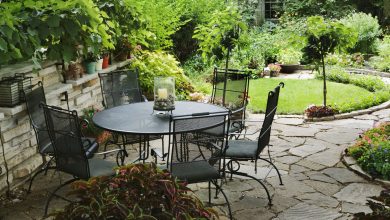Aptenia: [Cultivation, Irrigation, Care, Pests and Diseases]
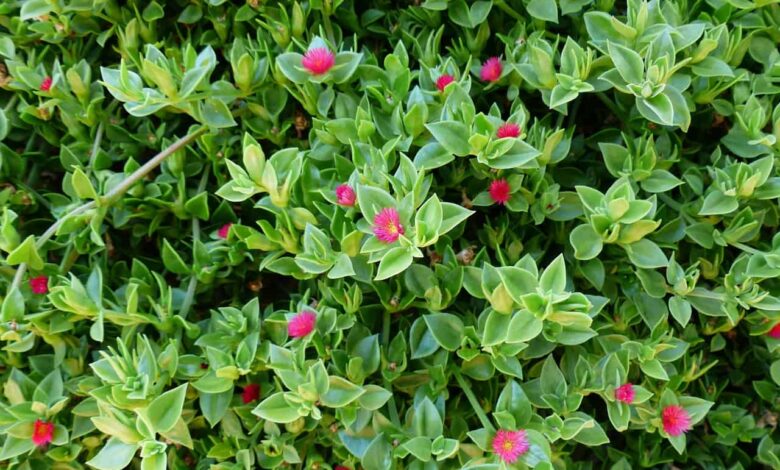
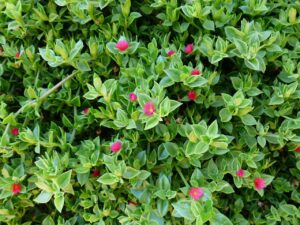 Native to the deserts of the east coast of South Africa, the aptenia genus has been introduced to numerous countries around the world. This genus is made up of four species: Aptenia geniculiflora, Aptenia haeckeliana and Aptenia lancifolia.
Native to the deserts of the east coast of South Africa, the aptenia genus has been introduced to numerous countries around the world. This genus is made up of four species: Aptenia geniculiflora, Aptenia haeckeliana and Aptenia lancifolia.
In the case of aptenia cordifolia, its name comes from the Latin cordis, which means «heart» and folius, which means «foliage», which in short means heart foliage, referring to the heart-shaped shape of its leaves.
It is used as a culinary ingredient in salads or as a garnish in contemporary cuisine due to its powerful acidic flavor similar to spinach , as well as its fresh, juicy and crunchy texture.
It is generally used to cover floors and walls, as well as to prevent weeds from spreading. It is also a pollinator plant that attracts butterflies, bees and other insects.
- Scientific name: Aptenia cordifolia.
- Common name: Aptenia, dew, frost, cordifole, navel of the queen.
- Height: 15 centimeters.
- Light requirement: Intermediate.
- Temperature: Warm and temperate climates.
- Irrigation: Scarce.
- Fertilizer : Organic fertilizer.
What are the characteristics of aptenia?
They are opposite, succulent, broadly oval, heart-shaped, and 1 to 3 centimeters long. It has solitary flowers that are born from the axillary sections of the stems or at the tips of these. The flowers, also called solar roses, have numerous pink or purple petals 3 to 5 mm long.
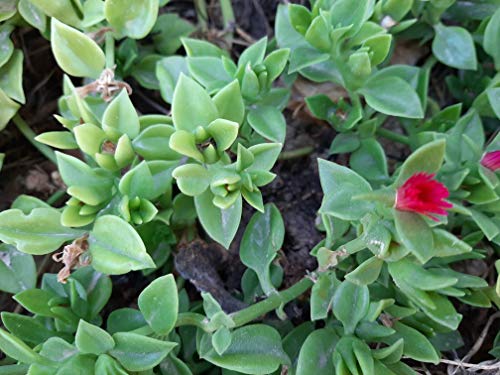
They bloom since spring, but their life is extended during the summer and early fall. The fruit of aptenia is a very small capsule with 4 compartments in which four flattened seeds are housed , one in each loculum, dark in color.
When to sow aptenia?
Where to plant aptenia?
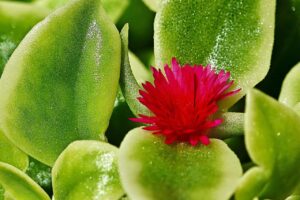 The Aptenia is set in dry and wet places, well – drained, with plenty of shade and half sun exposure. Although it can withstand drought for 3 months, it grows rapidly during the rainy season.
The Aptenia is set in dry and wet places, well – drained, with plenty of shade and half sun exposure. Although it can withstand drought for 3 months, it grows rapidly during the rainy season.
For its cultivation, sandy, acidic and slightly alkaline soils are recommended at warm and stable temperatures that do not drop below 4ºC, as it does not withstand frost.
They can be grown outside , either in hanging baskets or in the ground. If grown in temperate or cold areas, aptenia should be moved to greenhouses or indoors.
How to prepare the land?
The optimal substrate for growing aptenia should be sandy and well-drained. If the water stagnates, it is better to avoid planting it. In cases where you have reddish, light brown, or gray soils, you will need to fix this by adding compost, be it compost, vermicompost, manure, or peat.
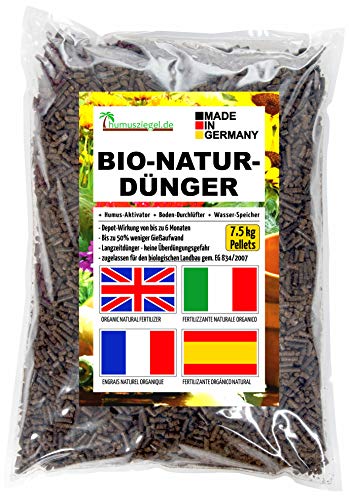
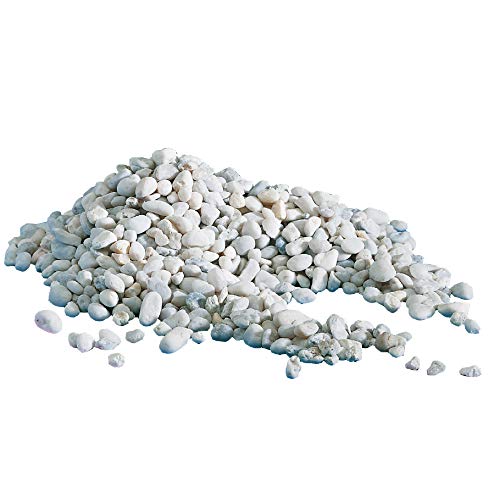
If you plan to grow aptenia in a pot, you need to create a layer of gravel or stones at the bottom to improve drainage, and mix equal parts of commercial substrate with sand.
How do we water aptenia?
It is recommended that the soil dry out before the next watering. This is necessary, as the constant humidity in the substrate, as well as excess water, can cause rotting of the roots and the plant .
How often do we water aptenia?
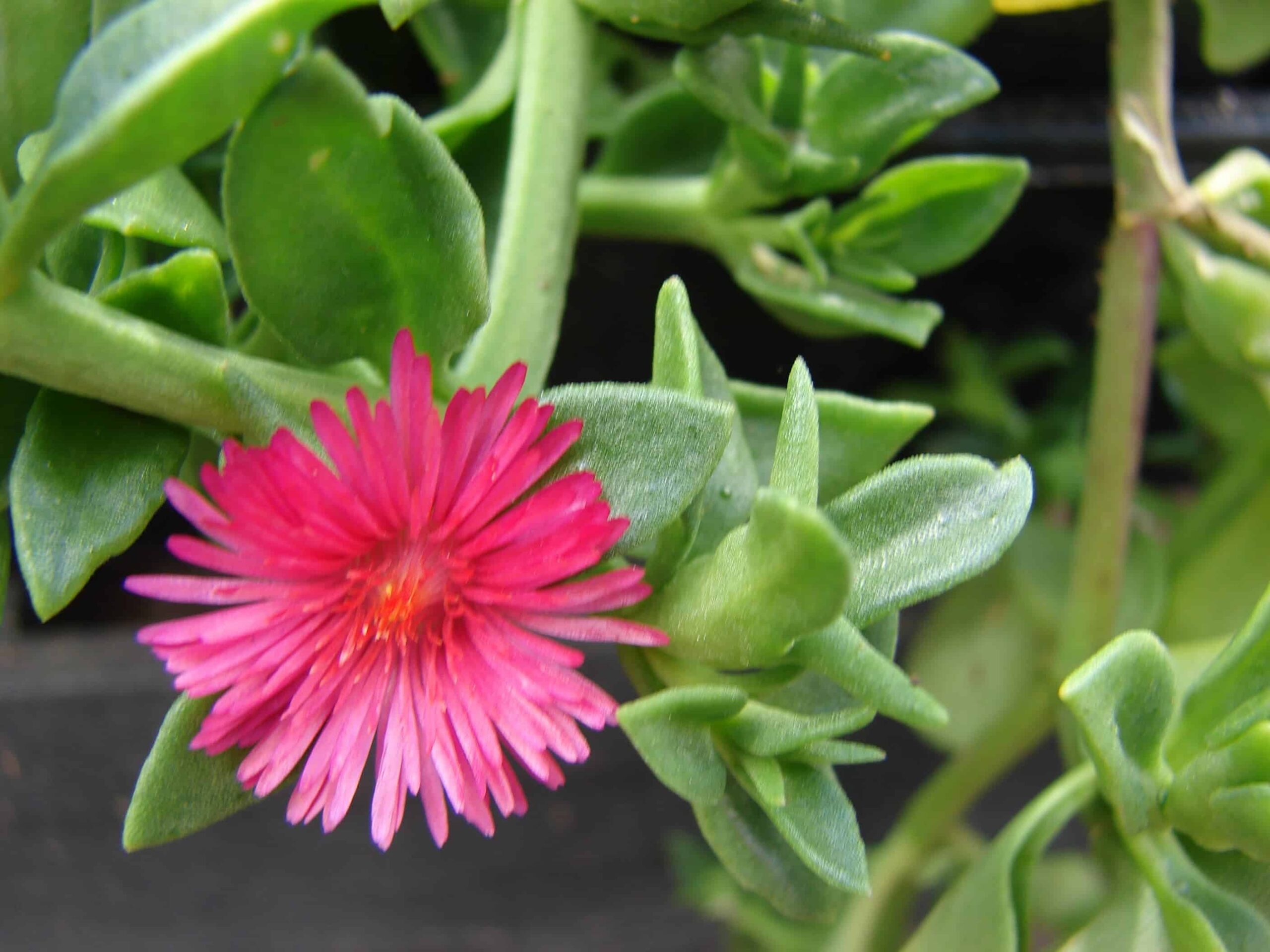 During the first and second year, aptenia should be watered 1 or 2 times a week, except for the rainy months or those that correspond to winter . During these months, irrigation should be done every 15 days.
During the first and second year, aptenia should be watered 1 or 2 times a week, except for the rainy months or those that correspond to winter . During these months, irrigation should be done every 15 days.
From the third year on, irrigation should be reduced to 1 time a week, increasing to 3 times during the summer and reducing to 2 times a month during the winter or in case of drought.
How to sow an aptenia step by step?
The Aptenia reproduced vegetatively, by cuttings, division kills with roots or rooting at the nodes when they touch the substrate. The steps to grow by cutting and division are shared below.
Cutting
- Cut a small stem from the leafy plant and make a perpendicular cut .
- Make a small hole in the substrate and insert the stem, cover firmly with more substrate or with pebbles.
- Place the container in a bright place, moisten the area and protect it from drying out.
- When the seedling has an appropriate size transplant to the final place.
Mata Division
- Extract a section of the plant and divide it with the help of your hands or with a tool.
- Transplant the section to a container with sandy substrate 5 cm deep, in a bright place, without direct exposure to the sun, and maintain moderate watering until the root system is restored.
- Transplant to the desired area.
What care does aptenia need?
The Aptenia requires low maintenance, because their characteristics enable them to survive in extreme conditions. Care must be taken to sow it in well-drained soil and water it only when necessary.
Although not essential, it is possible to do a light slow-release fertilization 2 or 3 times a year, so that the aptenia remains in good condition.
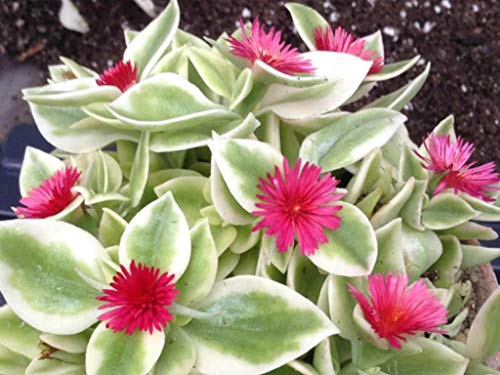
The Aptenia also is considered an invasive species. Care must be taken with its speed of propagation, as it competes with other species, preventing growth at a lower height.
What pests and diseases affect aptenia?
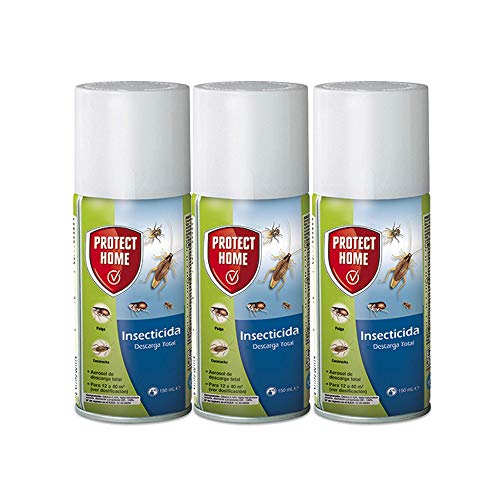
Aptenia generally does not suffer from pests or diseases. However, it can be affected by snails, aphids or mealybugs. On the other hand, excess moisture in the soil can lead to chlorosis , poor growth, or the roots to rot and the plant to die.

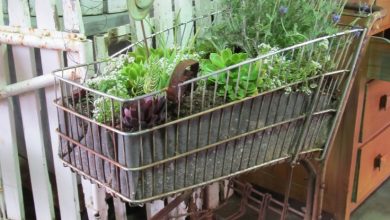
![Photo of Real Analysis of the [5 Best Axes to Chop Firewood]](https://www.complete-gardening.com/wp-content/uploads/2022/08/real-analysis-of-the-5-best-axes-to-chop-firewood-390x220.jpg)
![Photo of Australia Climate: [Characteristics, Flora, Fauna and Adaptability]](https://www.complete-gardening.com/wp-content/uploads/2022/08/australia-climate-characteristics-flora-fauna-and-adaptability-390x220.jpg)
